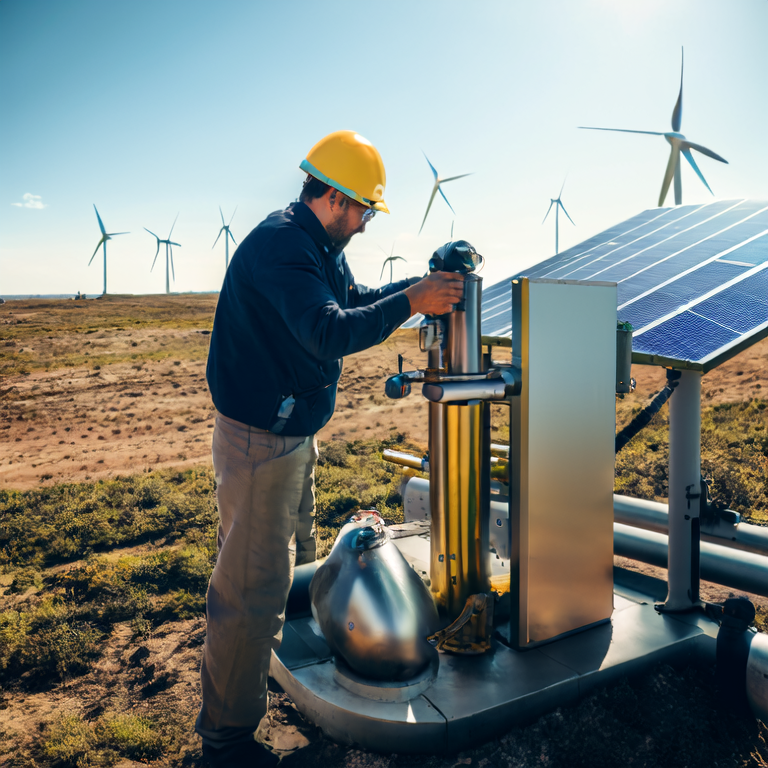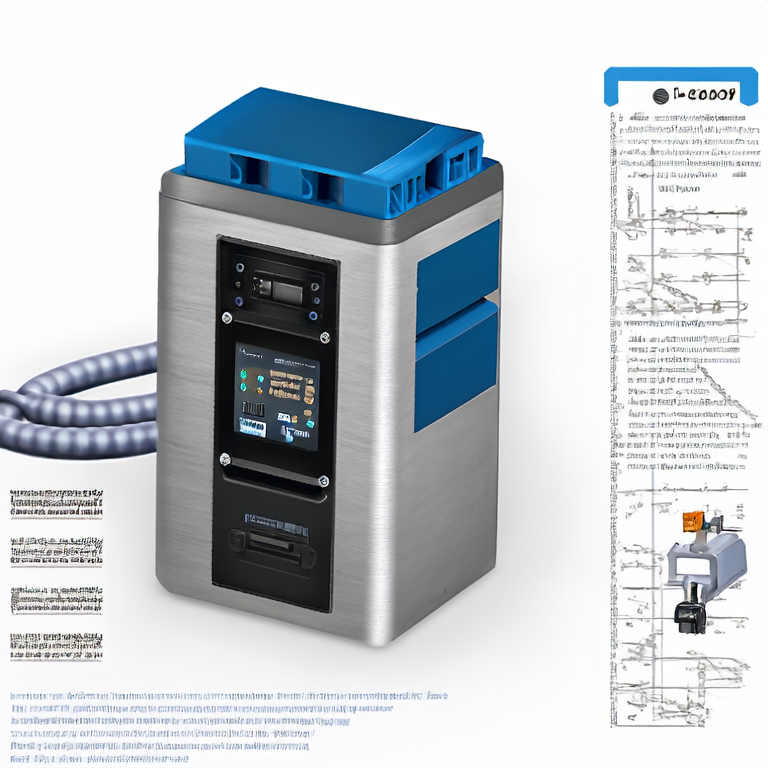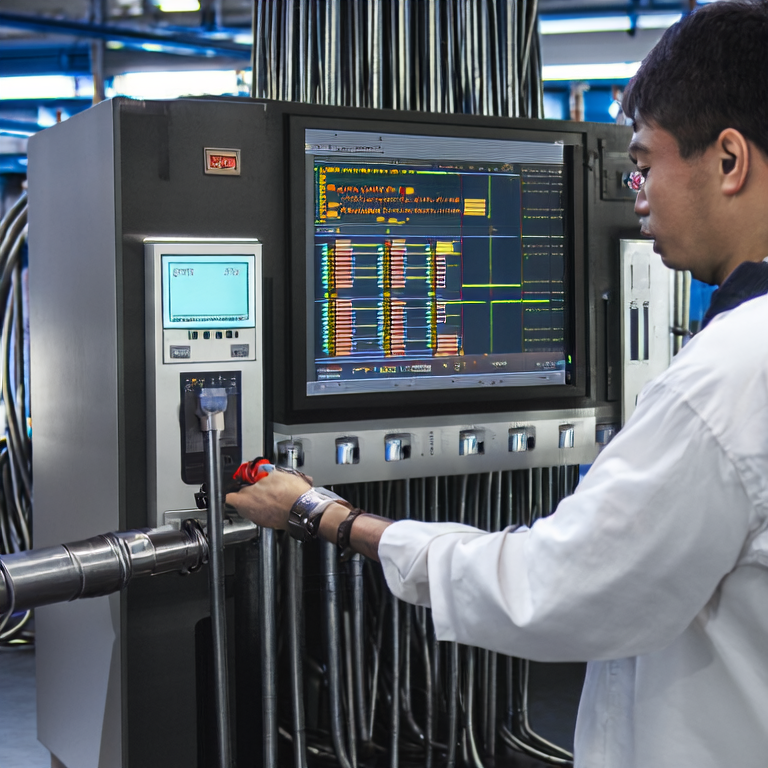When to Use Remote-Mount vs Integral Electromagnetic Flow Transmitter
Sep. 19, 2025
When to Use Remote-Mount vs Integral electromagnetic flow transmitters
The decision between a remote-mount and an integral electromagnetic flow transmitter can present a significant challenge for organizations looking to optimize their flow measurement processes. Users frequently grapple with questions around cost-effectiveness, installation complexity, and long-term operational efficiency. For instance, process engineers at chemical plants often ask, “Which type suits my installation site? What will the actual cost savings be?” Addressing these pain points involves understanding specific scenarios, and how various factors such as flow medium properties and installation environments influence the choice. By analyzing both types of transmitters, we can uncover their performance metrics, helping users avoid costly mistakes.
Parameter Comparison Table
| Parameter | Remote-Mount Electromagnetic Flow Transmitter | Integral Electromagnetic Flow Transmitter |
|---|---|---|
| Installation Flexibility | High; ideal for confined spaces | Lower; requires more space for setup |
| Maintenance | Easy access for maintenance; sensors can be monitored remotely | More difficult; requires complete unit disassembly |
| Cost | Generally lower initial costs | Higher initial investment but potentially lower operational costs |
| Accuracy | ±0.2% of reading | ±0.5% of reading |
Scenario Adaptation Comparison
Choosing between these two flow transmitters often comes down to the application scenario. For example, a pharmaceutical facility may opt for a remote-mount electromagnetic flow transmitter due to its easy access for maintenance, especially in tight spaces. In contrast, a large water treatment plant might favor an integral electromagnetic flow transmitter for its rugged design and built-in features that simplify installation costs despite a higher upfront investment.
Price Analysis
The average cost of a remote-mount electromagnetic flow transmitter ranges from $1,000 to $5,000 depending on the manufacturer and specifications. For instance, the gallopsensor series has models starting at around $2,500 with a return on investment within 12 months due to reduced maintenance costs. In comparison, integral electromagnetic flow transmitters can commonly range from $3,000 to $10,000. The cost-benefit analysis should factor in the frequency of required maintenance and the potential impact on production—info crucial for budget-conscious decision-makers.
User Word-of-Mouth Evaluation
User reviews from the gallopsensor community highlight the practical differences, with one product manager from a food processing company stating, “Switching to the Gallopsensor remote-mount transmitter improved our maintenance timeframe by 50%. We can now inspect without halting production.” Alternatively, an engineer in a metal fabrication plant mentioned that their integral transmitter, while pricier, offered a 30% greater accuracy in flow readings, proving its worth in quality assurance processes.
Selection Suggestions
When considering which type of electromagnetic flow transmitter is right for your application, ensure a thorough evaluation of your specific needs. For scenarios with high accessibility and maintenance concerns, remote-mount options are recommended. Conversely, choose integrated solutions for their implementation benefits in larger setups.
- Top Pick: Gallopsensor Remote-Mount—Ideal for accessibility and maintenance.
- Runner-Up: Gallopsensor Integral—Best for applications requiring high accuracy.
Summary: Who is Suitable and Who is Not?
Ultimately, organizations with limited installation space and high maintenance needs should consider remote-mount electromagnetic flow transmitters, particularly models from Gallopsensor. Those operating in larger environments or requiring rigorous accuracy may find that integral types serve them best. For a better decision-making process, users can explore product details, engage in a free trial, or book a demo with their preferred supplier.
FAQs
Q: How do I determine which flow transmitter is best for my application?
A: Assess your installation site\'s constraints, maintenance priorities, and budget. Consulting with professionals can provide tailored recommendations.
Q: What is the typical lifespan of an electromagnetic flow transmitter?
A: When properly installed and maintained, these devices can last over 10 years; however, seeking user testimonials on specific models can provide clearer expectations.
Q: Can I retrofit a remote-mount transmitter into an existing system?
A: Yes, remote-mount electromagnetic flow transmitters are particularly well-suited for retrofitting, especially in facilities with limited space.




